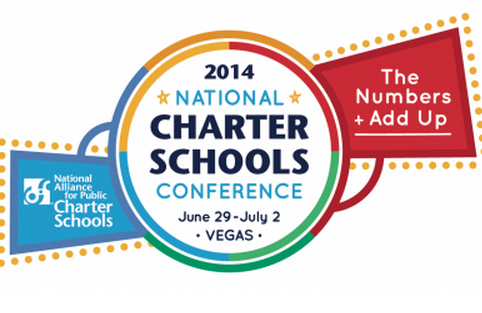
 By Tom Vander Ark, Getting Smart
By Tom Vander Ark, Getting SmartIngrid Ellerbe and I have built more than 100 philanthropic partnerships over the last 15 years and these partnerships have resulted in thousands of new and improved schools. While most of these funding alliances have been productive, we’ve also learned some lessons the hard way.
Ellerbe, the VP of Engagement at MIND Research Institute, and I are leading a discussion on funding alliances (For Better or For Worse: Fundraising Partnerships) at the National Charter Schools Conference in Las Vegas at the end of June.
Whether you’re a nonprofit raising money or a grantmaker seeking expanded impact, the following are six lessons for better funding alliances.
1. Clear goals & metrics. It may seem obvious, but it’s really important to have goal congruence among funders of a project. Unresolved goal conflicts will resurface in grantmaking, advocacy and outreach, and evaluation.
“It can be easy to agree on broad goals (improve schools, grow charter sector, recruit top leaders to city),” said NewSchools’ Maura Marino, “but it’s in the alignment on metrics that it actually becomes clear where there are differences between funders.”
Funding alliances are executed more easily around narrow goals (e.g. improve charter sector quality) than broad goals (make DC highest performing urban system in country), added Marino.
2. Know thy partners. Funding alliances are often as much about the message as the money. Make sure you know what kind of advocacy has and will accompany the grantmaking.
3. Grantmaking: combined or aligned? There are advantages to contributing to a single grantmaking fund but it requires strong goal agreement (#1), a capable lead grantmaker (#3) and may produce unanticipated consequences (like jeopardizing the tax status of a nonprofit by inadvertently turning it into a supporting organization).
The alternative to one pot is coordinated grantmaking. This also has the added benefit of allowing foundations to take on unique aspects of a project (e.g., hardware, capacity building, advocacy) aligned with their mission.
4. Grantmaking: experience matters. Some alliances turn local nonprofits into grantmaking organizations but they may not have the operational, financial, or systems capacity to take on such an important role.
5. Matching might make sense. Requiring a local match can extend impact and improve the local IQ of a funding alliance. In some geographies it can be hard to find.
6. Harbormasters help. An experienced lead partner with a regional leadership role, what CEE-Trust calls Harbormasters, can be very helpful. However, they come with an agenda that will include some actors and exclude others—make sure you know what you’re getting into.
Tom Vander Ark is CEO of Getting Smart, an education advocacy firm. Follow him on Twitter at @TVanderArk
This post was originially published on GettingSmart.com

MIND Research Institute welcomes guest blogs that highlight best practices in math education, blended learning and innovative learning strategies that inspire students at all ages.
Comment